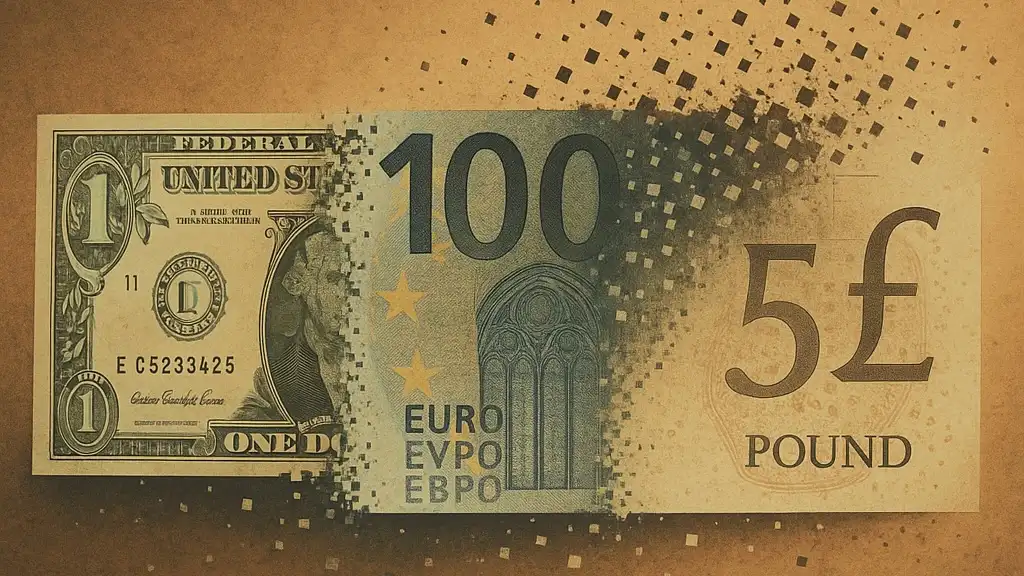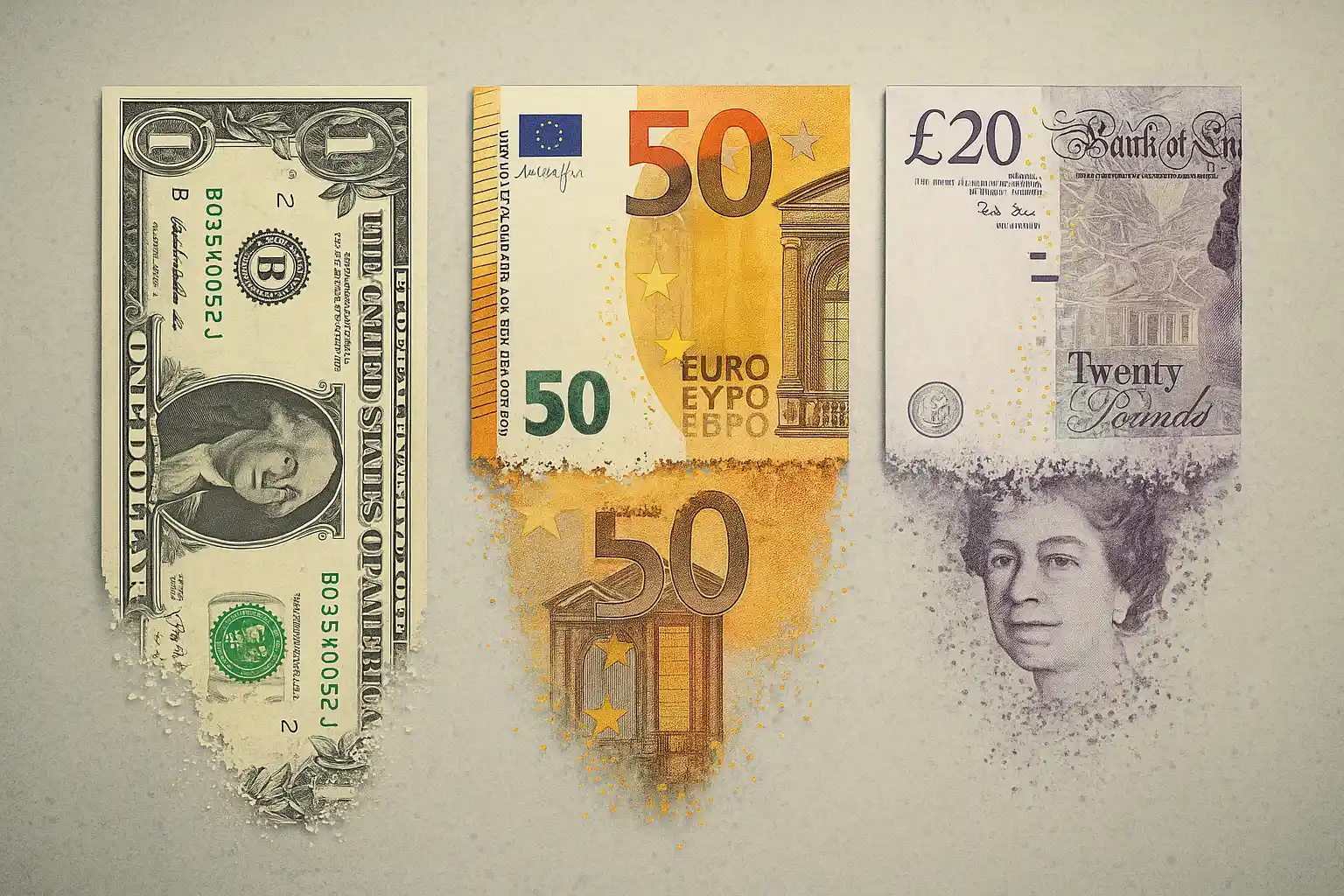
Washington, DC - For years now, the most common complaint across households, businesses, and news cycles has been the same: everything is more expensive. Food, housing, insurance, vehicles, services—all seem to cost more. And while experts and commentators have offered a range of explanations—from supply chain disruptions to labor shortages to geopolitical instability—one deeper truth often goes unspoken:

Prices aren’t just going up. The value of money is going down.
This may sound like a semantic twist, but it’s not. It’s a fundamental reframing of how modern inflation works and how most people misunderstand it. For decades, we’ve been taught to think of money as fixed in value. A dollar is a dollar. A pound is a pound. But that isn’t how money behaves in a fiat system. And until that shift in thinking becomes more common, many of the structural problems in today’s economy will remain badly misunderstood.
When prices rise across the board, the common assumption is that the goods and services themselves are becoming more valuable. But if all prices are rising together, it’s more accurate to say that the measuring stick—money—is shrinking.
This isn’t a controversial position. Most central banks explicitly target inflation of around 2% per year. That’s another way of saying they aim to reduce the purchasing power of money by 2% annually. The policy rationale is complex and debated, but the mechanism is clear: persistent inflation means persistent debasement. Your money buys less each year, even if your salary nominally rises.
The problem is that this process is rarely described that way. Inflation is reported as a rise in prices, not as a decline in money’s value. But in a system where new money is regularly introduced into the economy through credit expansion, quantitative easing, or direct stimulus, the dilution of monetary value is built-in.
Many people look to foreign exchange (FX) rates to judge a currency’s health. If the dollar is stable against the euro, the assumption is that the dollar is holding its value. But what if both are falling in real purchasing power at the same time?
That’s exactly what has been happening in recent years. Most major currencies have been weakening simultaneously. That weakening doesn’t always show up on the FX board. Instead, it shows up in housing markets, food prices, energy costs, and the erosion of household purchasing power. If all currencies fall together, relative values remain stable—but the absolute value of money continues to decline.
It’s tempting to say that inflation and currency debasement are one and the same. They often go hand-in-hand. But they aren’t identical.
Inflation is the rise in prices. Debasement is one cause of that rise—but not the only one. Supply shocks, taxes, and regulatory constraints can also drive prices up. Likewise, debasement can occur without immediate inflation, especially when new money first flows into financial assets rather than consumer goods. This explains why CPI remained relatively tame from 2008 to 2020, even as asset prices soared.
Still, over time, debasement tends to spill over. Once stimulus reaches households or businesses in broad waves, the effect becomes more visible in everyday costs.
What happens when a central bank floods the system with money and holds interest rates near zero? In the short term, it feels like a boom. Stocks rise. Housing prices climb. Borrowing becomes easy. Consumption increases.
But these effects are largely built on credit and momentum. They don’t reflect a proportional increase in real productivity or economic output. They reflect more money chasing the same goods.
As a result:
When inflation inevitably rises, central banks face a dilemma: tighten and trigger a slowdown, or double down and risk further erosion of the currency’s value.
In recent decades, each economic downturn has been met with more aggressive interventions: lower rates, more stimulus, larger programs. The underlying assumption is that growth can be revived through enough liquidity and encouragement.
But each round requires more than the last to maintain the illusion of stability. What was once an emergency measure becomes standard procedure. And any attempt to return to "normal" tightens the screws on households and businesses already leveraged to the limit.
This isn’t necessarily a grand plan or a conspiracy. It’s the logical outcome of a system built on credit expansion and inflationary targeting, operating within political and economic structures that prioritize short-term calm over long-term repair.
What we are experiencing now is not simply a period of high prices. It’s a structural recalibration of what money means in an era of persistent intervention.
This doesn’t mean collapse is inevitable. It doesn’t mean every institution is broken. But it does mean we should stop pretending that this is normal, or that it can be endlessly managed without cost.
Acknowledging that the value of money is shrinking is the first step in understanding where we are—and where we might be headed. Until then, policies will continue to chase symptoms instead of causes, and the public will continue to misread the ground beneath their feet.
Prices are not just rising. The money measuring them is quietly disappearing.
And that's worth saying out loud.